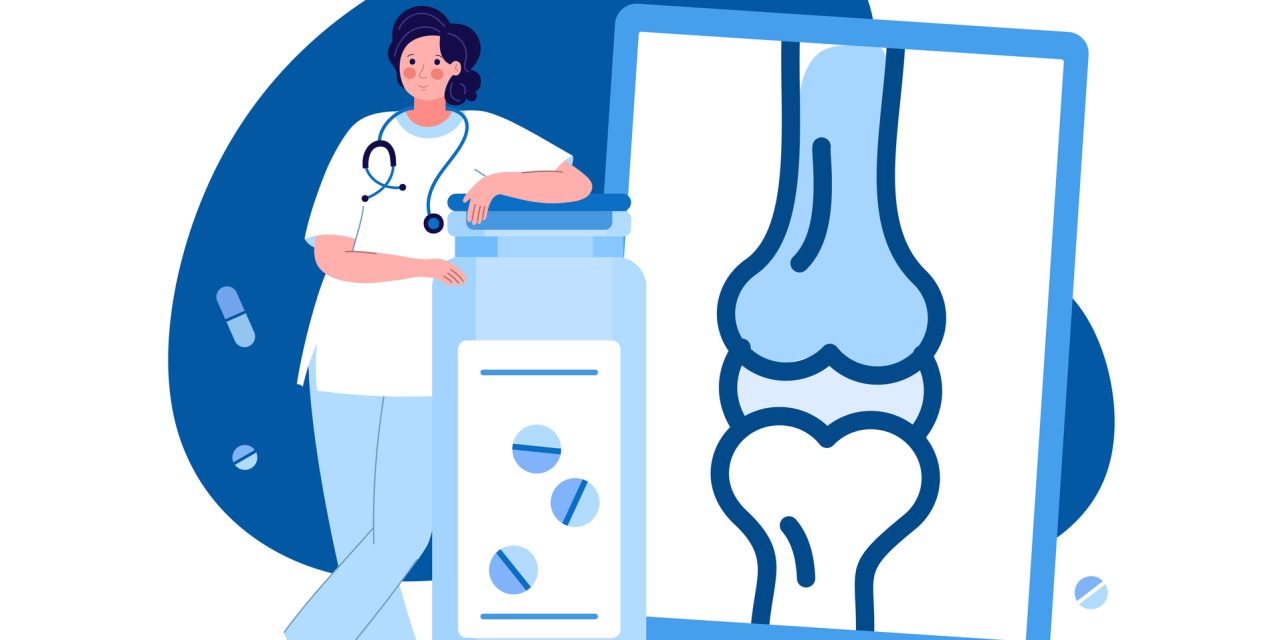For a study, researchers wanted to determine if ultrasonography (US) can measure tophi as an outcome metric for chronic tophaceous gout. Patients with gout that had been verified by crystals were included in the study. Magnetic resonance imaging (MRI) and ultrasound (US) were used to assess the validity of intraarticular and articular deep tophi. Tophi were pierced with US instructions to determine their facial validity. To assess the reliability and choose the least detectable difference, interobserver and intraobserver measurement tests were conducted. A 12-month follow-up observational study of urate-lowering treatment was used to assess sensitivity to change. In all joints where MRI identified tophi-like nodules, the US detected at least one tophus. The measurements using US and MRI had a good correlation, but only fair agreement. In 83% of the procedures, puncture of suspected tophi nodules yielded urate crystals. For diameters and volume, an intraobserver intraclass correlation was more significant than 0.90, whereas interobserver intraclass correlation was 0.71 to 0.83. The US was found to be change-sensitive, with an inverse relationship between serum urate concentrations and tophi measurement change from baseline. Tophi measurement in the United States passed the OMERACT filter as an outcome measure, but it should be further tested in randomized clinical trials.


